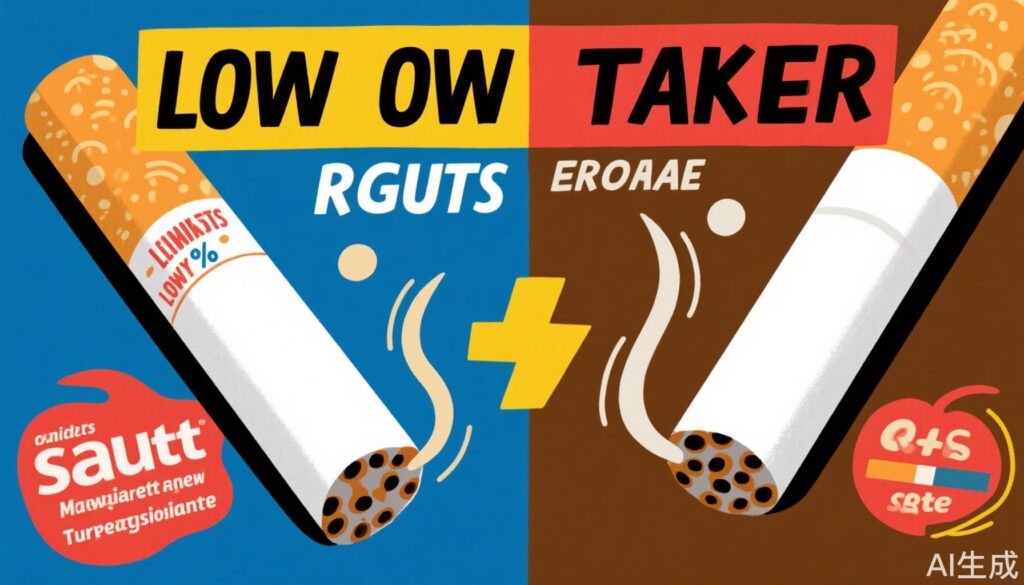Understanding Smoking and Its Health Risks
Smoking remains one of the leading causes of preventable illness worldwide, linked to numerous conditions such as heart disease, respiratory disorders, and various cancers. To address growing health concerns, many smokers attempt to reduce harm by opting for low-tar cigarettes, believing these products to be less detrimental to their health. However, research indicates that this perception is fundamentally flawed.
The Origins of Low-Tar Cigarette Claims
Tobacco companies have long employed marketing strategies to promote low-tar cigarettes as a “safer” choice. These products typically feature packaging with labels indicating reduced levels of tar and nicotine, aiming to reassure consumers about their health risks while increasing sales. Unfortunately, these claims are based on outdated testing methods and fail to reflect actual smoking behaviors.
Outdated Testing Methods
In China and other countries, the tar and nicotine content of cigarettes is measured using the ISO filter paper method, developed in 1936. This methodology involves a machine that simulates smoking by taking uniform puffs under controlled conditions. However, these standardized tests do not accurately mimic human smoking habits, such as varying puff intensity and frequency, leading to misleading results.
Manipulations by Tobacco Companies
To reduce measured tar and nicotine levels, manufacturers employ techniques such as using porous cigarette paper, expanding tobacco leaves, and elongating filters. While these modifications lower test results, they fail to decrease the actual amount of harmful substances inhaled by smokers. In fact, smokers often compensate by inhaling more deeply or smoking more frequently to maintain their nicotine intake, a phenomenon known as “nicotine compensation.”
The Role of Filter Ventilation
One deceptive feature of low-tar cigarettes is the inclusion of vent holes in the filter. During laboratory testing, these holes allow air to dilute the smoke, reducing the measured tar content. However, when smoked by individuals, these vents can become blocked by lips or fingers, significantly increasing the concentration of toxic substances inhaled.
Real-World Evidence
Studies have shown that when filter holes are obstructed, the actual tar intake can be several times higher than laboratory values. For instance, a cigarette labeled as containing 1 milligram of tar may deliver up to 22 milligrams under real smoking conditions. This discrepancy highlights the unreliability of ISO testing methods and the misleading nature of low-tar cigarette marketing.
Conclusion: The Only Safe Choice
The scientific consensus is clear: no cigarette is safe, regardless of its tar or nicotine content. Low-tar cigarettes do not reduce health risks; instead, they perpetuate smoking habits by creating a false sense of security. The only effective way to minimize smoking-related harm is to quit entirely. Individuals struggling to quit are encouraged to seek support through cessation programs or medical clinics specializing in smoking treatment. Making an informed decision about smoking is crucial for long-term health and well-being.


